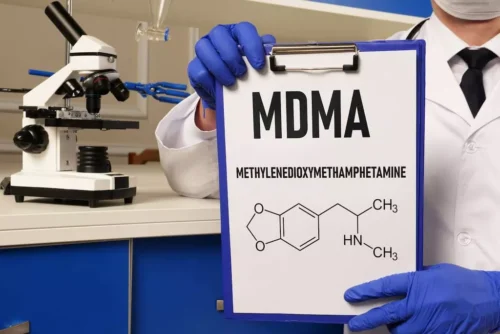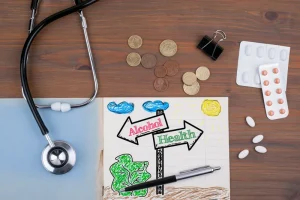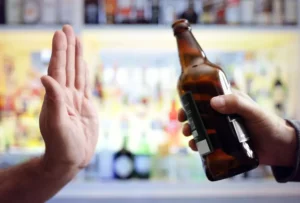
Alcohol is a highly addictive substance, and excessive drinking can change your brain’s structure and how it functions. When comparing an opioid relapse with other drug relapses and overdoses, it’s important to understand a few things. First is the rate at which opioid tolerance builds, which increases very rapidly when compared with other drugs. So a person is quickly forced to take more and more of the drug to achieve the same effects. Then, when that person becomes sober and experiences withdrawal, their body and their tolerance levels react accordingly, pushing their tolerance closer to normal.

Common medications used to treat drug addiction and withdrawal
25% of all Americans with an alcohol use disorder will be more likely to have a relapse because they live too far away from an alcohol treatment facility. 22% of all Americans with an alcohol use disorder will have a relapse if they live more than an hour’s drive from an alcohol treatment center. 85% of all Americans with an alcohol use disorder will experience Post-Acute Withdrawal during their recovery period. 19% of all Americans with some form of alcohol abuse disorder will be completely abstinent after a year.
- Some studies consider 12-step programs treatment while others do not.
- In order to receive a CARF accreditation, facilities must meet a variety of requirements.
- However, it’s important to assess the relapse and identify things you can change or adapt to prevent a similar experience in the future.
- For people who have established a sustained period of sobriety, relapse doesn’t occur overnight.
Increases Among Males and Females
The study was published in 2014 in the journal Drug and Alcohol Dependence. Every alcoholic possesses genetic traits that helped cause alcoholism to develop in the first place. Each time that these people drink, their brains adapt to the presence of alcohol. The adaptations make the brain crave alcohol, which makes it harder to quit https://ecosoberhouse.com/article/mash-sober-living-eco-sober-house-is-now-mash-certified/ drinking. All alcohol relapses are linked to these vulnerabilities in the brain. This article highlights various key statistics related to alcohol relapse, including the percentage of alcoholics who relapse within the first year after treatment, the most common causes of relapse, and the different types of alcohol relapses.
Drug Abuse Among Demographics

Because of the increases in these deaths during 2020–2021, including among adults in the same age group, excessive alcohol use could account for an even higher proportion of total deaths during that 2-year period. The 2021 NSDUH national report includes selected estimates by race, ethnicity, and age group. It is the most comprehensive report on substance use and mental health indicators that SAMHSA has released to date. The Substance Abuse and Mental Health Services Administration (SAMHSA) is the agency within the U.S.
- That’s why 2017 and 2018 alcohol relapse statistics aren’t available yet.
- Medical professionals characterize this condition as a pattern of uncontrolled drinking, and the inability to stop or control alcohol misuse despite its negative impact on your life.
- For instance, the frustration and exhaustion of a chaotic vacation might feel overwhelming today, but in a few years, you’re more likely to recall the beautiful sunsets and exciting adventures rather than the missed flights and misplaced luggage.
Discover the impact and make informed decisions for recovery success. Discover the life-changing benefits of Acceptance and Commitment Therapy (ACT) for mental health. Explore the impact of alcohol misuse and discover resources for support. Discover inspiring addiction recovery quotes with striking images for motivation and support on your journey to healing.
Substance Abuse Statistics
Around the world, the highest levels of per capita alcohol consumption was found in the WHO European Region and the Region of the Americas. Notably, the vast majority of these deaths were among men, with the highest prevalence in the age group. All authors have completed and submitted the International Committee of Medical Journal Editors form for alcohol relapse statistics disclosure of potential conflicts of interest. Adam Sherk reports institutional support from the Canadian Cancer Society and Canadian Institutes for Health Research. Learn more about the financial impact of alcohol misuse in the United States. That is why alcohol detox and alcohol withdrawal treatment is administered by medical professionals.
Should I Go Back to Rehab if I Relapse?
- Risk factors for relapse can be psychological, social, environmental, internal, and behavioral.
- But when you keep thinking about it, and start planning to do it, it’s time to get help.
- Alcoholics Anonymous (AA) is one of the top sobriety programs in the United States.
- An additional predictor of relapse at 6 months was shorter number of days of abstinence prior to treatment entry.
Drug Use Statistics for Specific Population Demographics


